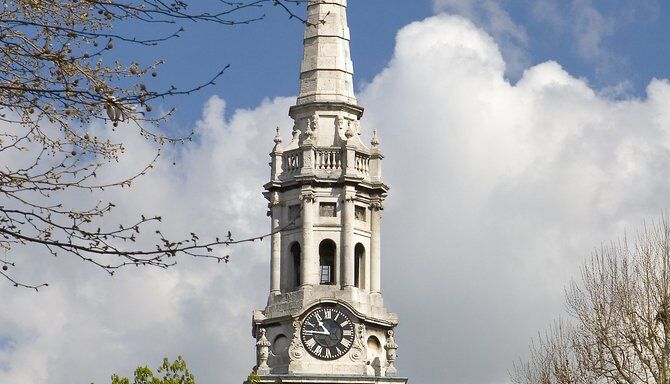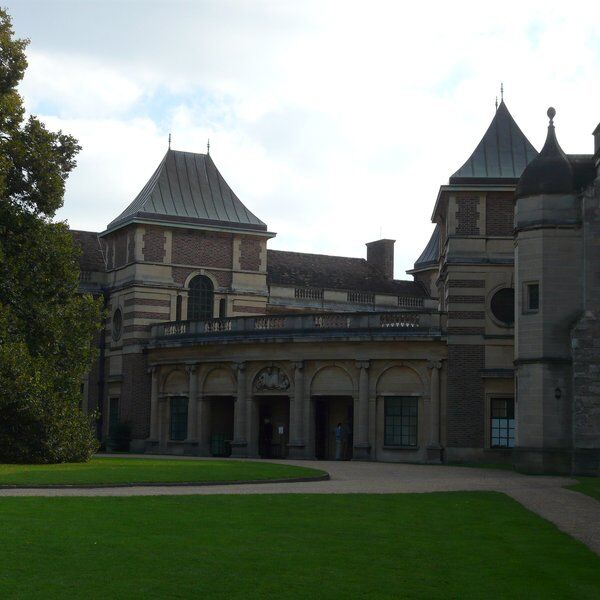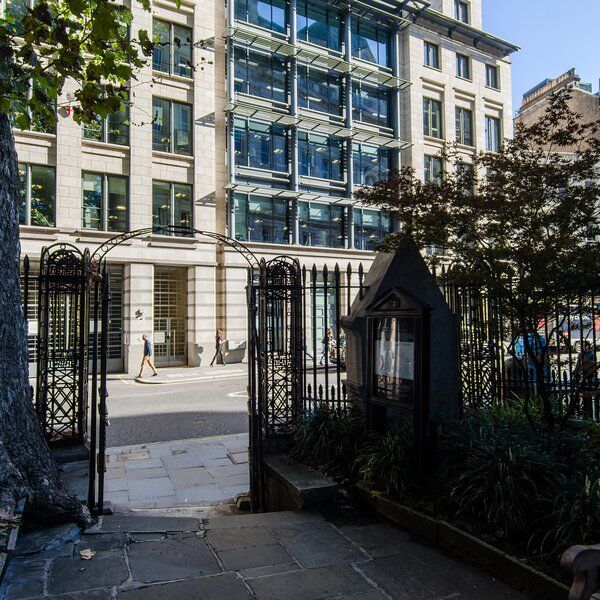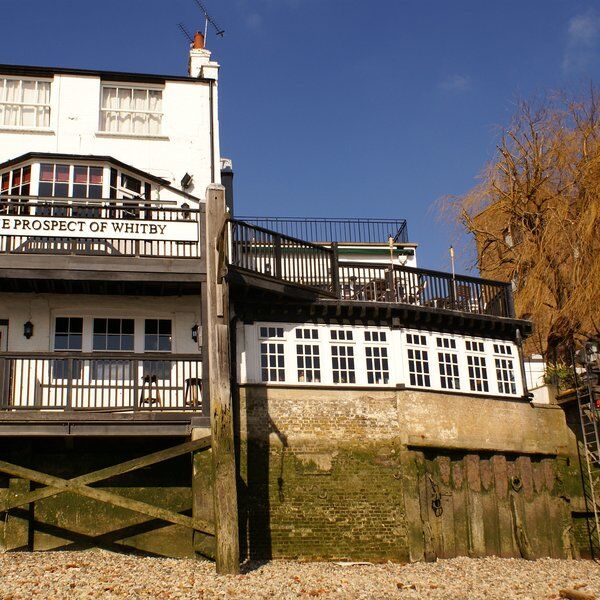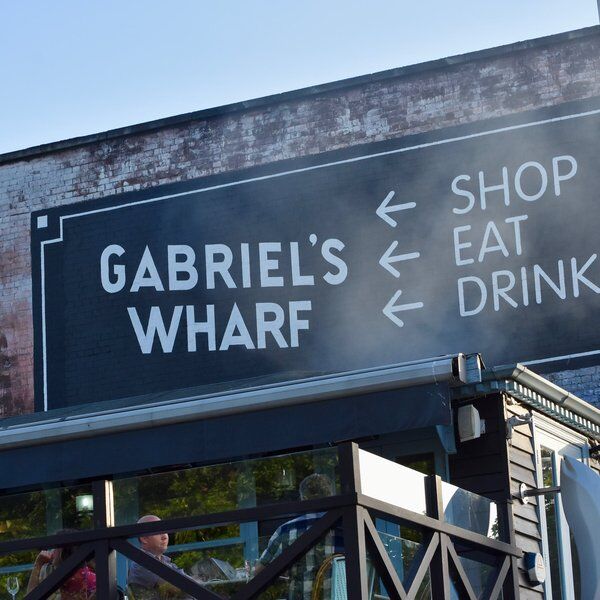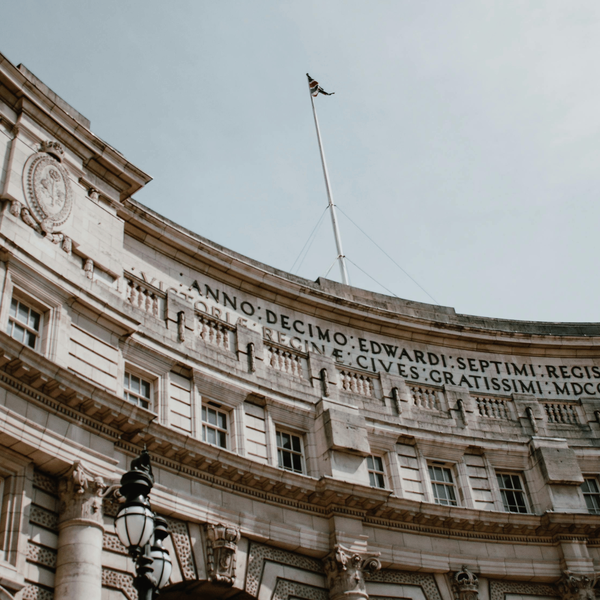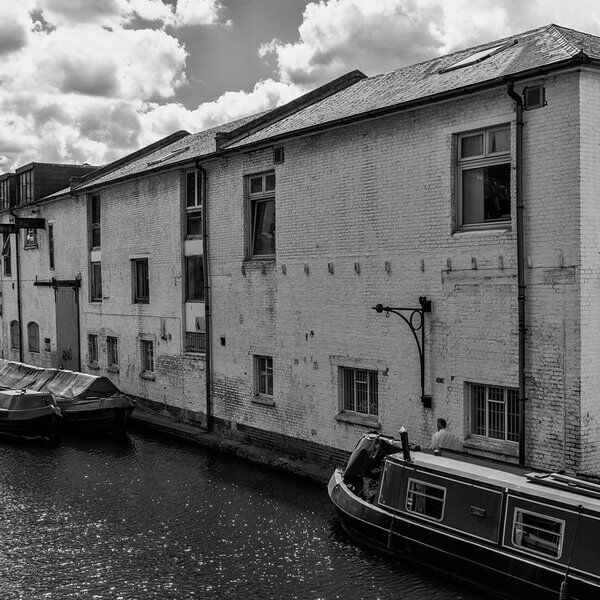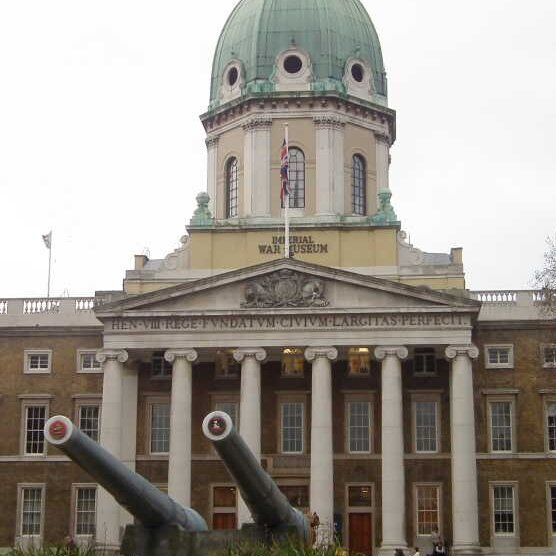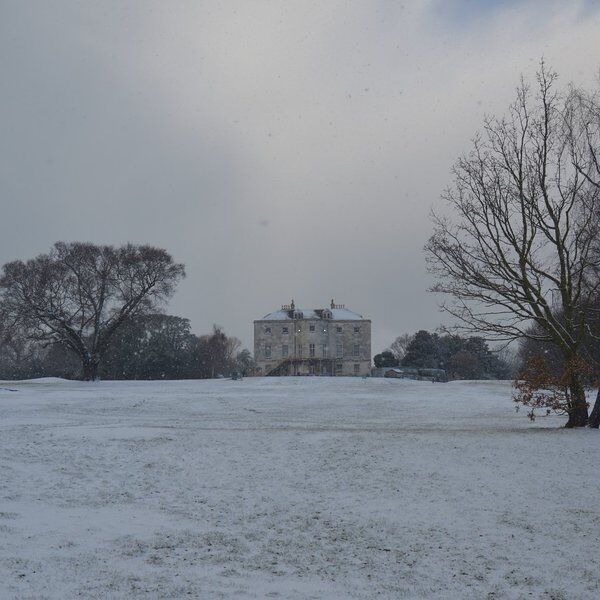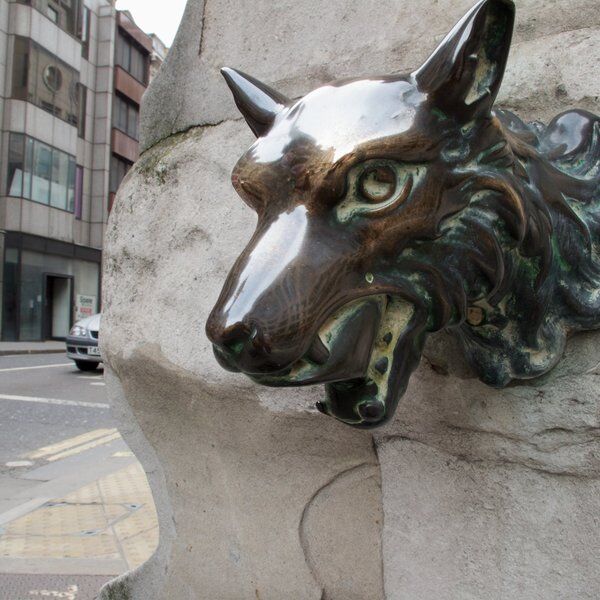Discover St Giles in The Fields
St Giles in The Fields originated as the chapel of a 12th-century monastery and leper hospital. Today, this Anglican parish church, which is actually the third incarnation on the site, now lends its name to the surrounding district. Located in the London Borough of Camden, and perfectly positioned between lively areas like Seven Dials, Bloomsbury, Holborn, and Soho, the district exudes a quirky, slightly edgy vibe.
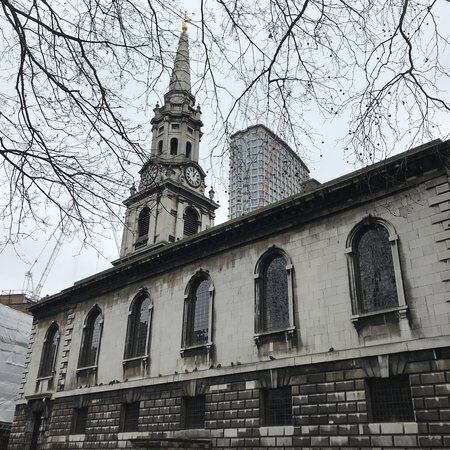
The History of St Giles in The Fields
12th Century Origins
In 1101 Queen Matilda, the wife of Henry I, founded a leper hospital on the site of the current St Giles in the Fields, which at the time was a quiet outpost on the fringes of London. The small chapel, originally part of the hospital, soon became the spiritual heart of a tiny village that sprung up around it. Even though leprosy eventually faded from the scene, the legacy of care and community lived on.
16th and 17th Century Remodelling
Fast-forward a few centuries, and the landscape was already changing dramatically. When Henry VIII dissolved the religious houses, the leper hospital’s endowments were snapped up by the Crown, but the chapel was spared—evolving into a parish church in 1542. That’s also when the “in-the-fields” part of the name came into play, as the area became a burial ground stretching out toward what we now call Charing Cross Road, Lincoln’s Inn Fields, and beyond.
Around the 1550s, the area was still a small village of roughly 350 residents. But by the early 1600s, St Giles in The Fields was attracting wealthier residents, and the church got a fancy new look. In 1628, a grand rebuilding project kicked off, setting the stage for the church’s second incarnation.
By 1631, a striking Gothic brick church had taken shape—complete with a dome-turned-spire and contributions from aristocrats like Alice, Duchess Dudley. It even sported a “Doomsday Book” of subscribers to mark its rebuilding!
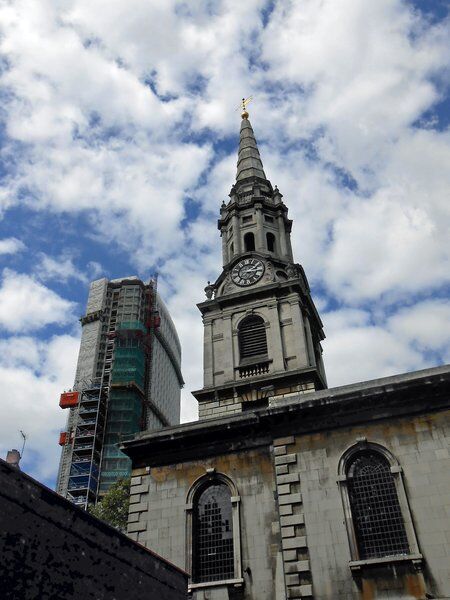
Religious Disputes and the Great Plague
As if a dramatic makeover wasn’t enough, the 17th century also brought its fair share of turmoil. With the looming specter of civil war, religious disputes flared up. The parish wasn’t shy about airing its views—so much so that fervent locals even petitioned Parliament to get rid of “popish” relics in the church.
And then came the Great Plague of 1664-65. Imagine the scene: as the first victims fell ill along Drury Lane, the grim reality of London’s deadly epidemics became all too clear, with thousands finding their final resting place in the churchyard.
The 18th Century Revival
By the early 18th century, the old church had seen better days. Dampness (thanks to those plague burials) and a booming local population signalled that it was time for a fresh start. After a bit of lobbying, the parish secured a grant, and between 1730 and 1734, a brand new church was built in a sleek Palladian style by architect Henry Flitcroft.
Consecrated on Christmas Day 1733, this third church is the St Giles in The Fields we know today. During this time, the area also became a melting pot of cultures as a mix of aristocrats, Irish, Greeks, Armenians, and French Huguenots moved in.
19th and 20th Centuries
During the 19th and 20th centuries St Giles in The Fields gained a reputation as a slum site, famously immortalised by artists like William Hogarth. Overcrowding, rampant disease outbreaks (hello, cholera!), and chronic poverty were the order of the day—sometimes all encapsulated in a single four-room house teeming with up to 90 people!
Despite this, eventually the old slums were dissolved and better sanitation was introduced. Things were looking up for the surrounding area until World War II. Bomb damage during the Blitz reduced much of the district to rubble, although the church itself emerged relatively unscathed.
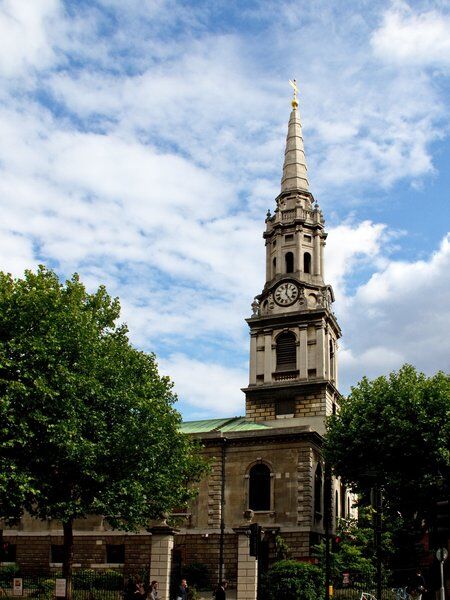
Inside St Giles in The Fields
Here’s a look at some of the standout features and architectural details inside St Giles in The Fields:
The Churchyard
Located south of the church, the burial ground is relatively small despite holding thousands of burials over the centuries. Graves were often packed tightly, leading to the addition of extra plots over time.
The churchyard holds the remains of Roman Catholic martyrs who perished in times of religious turmoil. Among them is Oliver Plunkett, who was executed, later canonized, and whose head made a historic journey to Rome and back.
Nearby is the chest tomb of Richard Penderel, the West Country yeoman who helped King Charles II escape after the Battle of Worcester.
The Resurrection Gate
The western edge of the churchyard features the grand Resurrection Gate, a lychgate adorned with Doric details and a bas-relief of the Day of Judgement.
Historically, it once stood elsewhere, witnessing prisoners' final moments before being led to execution at Tyburn. Over time, it was rebuilt and relocated.
Interesting Fact: A peculiar ritual saw condemned prisoners given a bowl of strong ale before heading to Tyburn for execution. This tradition, known as the St Giles Bowl, linked to infamous figures like ‘Honest Jack’ Sheppard and became part of local folklore.
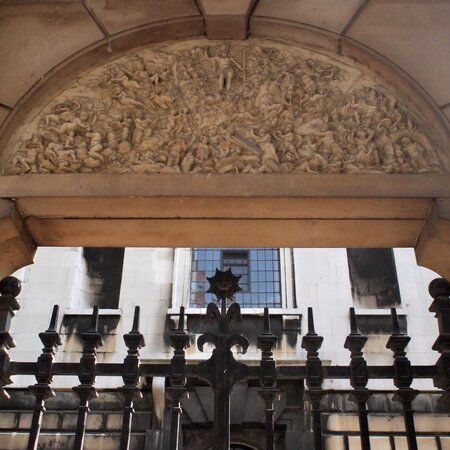
The “Poets’ Church”
St Giles in The Fields earned the nickname "The Poets’ Church" due to its association with literary figures (it is the final resting place of poets like Andrew Marvell and writer Sir Roger L’Estrange). George Chapman, the translator of Homer’s epics, and various Stuart-era playwrights also had ties to the church.
The Church Organ and Religious Structures
The historic church organ, with roots in the 17th century, continues to fill the space with music, while a small box pulpit once echoed with sermons from Methodist founders John and Charles Wesley. Nearby, the elegant white marble baptismal font, attributed to Sir John Soane, has witnessed the christening of literary greats like the Shelley family.
Art and Other Quirky Details
The church also holds a significant piece of naval history—the White Ensign of HMS Indefatigable, the flag flown during the Japanese surrender in 1945. Adding to its artistic splendor, St Giles features paintings of Moses and Aaron by Francisco Vieira the Younger, a striking mosaic by G. F. Watts depicting Time, Death, and Judgement, and a magnificent stained-glass window illustrating Christ’s Transfiguration.
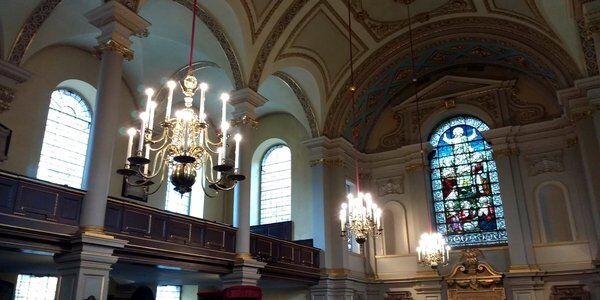
St Giles in The Fields and Charity Events
In partnership with the neighbouring St George’s Bloomsbury, the church supports a host of charitable initiatives, which benefit local schools, educational projects, and almshouse accommodations.
Here are some of the charitable events hosted in and around St Giles in The Fields:
- The Simon Community hosts a weekly Street Café.
- Quaker Homeless Action sets up a lending library.
- Street Storage offers a secure space for those who need to keep their belongings safe.
- Support groups like Alcoholics Anonymous and Narcotics Anonymous also find a supportive home here.
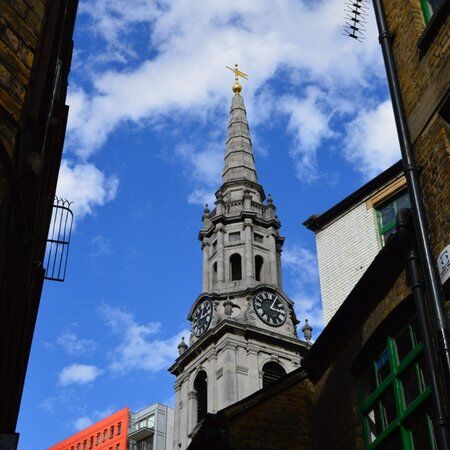
Visiting St Giles in The Fields
As part of the Church of England, St Giles welcomes all with open arms—no prior knowledge of liturgy required. Here’s a snapshot of the daily rhythm:
- Morning Meditation: Start your day with quiet prayer during the Morning Prayer service at 8:15 am.
- Midweek Events: On Wednesdays, join in for a reflective Holy Communion at 1:00 pm, and in certain seasons, enjoy a brief yet stirring Sung Compline service between 6:30 and 7:00 pm.
- Weekend Worship: Sundays bring a double dose of spiritual uplift—with a luminous Sung Eucharist service at 11:00 am followed by a soulful Evensong at 6:30 pm. On the first Sunday of each month, expect a more extended musical celebration featuring responses, the Creed, and the Gloria.
- Sunday Mornings: A professional quartet and voluntary choir perform during the church services.
- Beyond Regular Worship: St Giles also hosts weddings, funerals, christenings, Bible studies during Lent, parish retreats, and even special pilgrimages to sister churches.
P.S. On Tuesday nights, you might hear the nostalgic chime of 17th and 18th century bells as the church’s bell-ringers practice their craft.
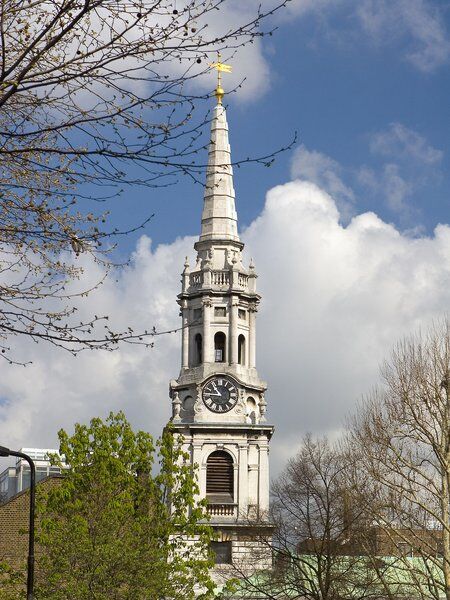
Explore Beyond St Giles in The Fields with CityDays
If exploring London’s historical sites sounds like your kind of adventure, why stop at St Giles in The Fields?
CityDays offers immersive scavenger and treasure hunt tours across London (and the world!) that bring history to life in a fun, interactive way.
Our urban adventure games blend riddles, challenges, and fascinating historical facts to take you on a journey through hidden gems and iconic landmarks.
So, ready to step into the past? Book a CityDays adventure and see London like never before.
